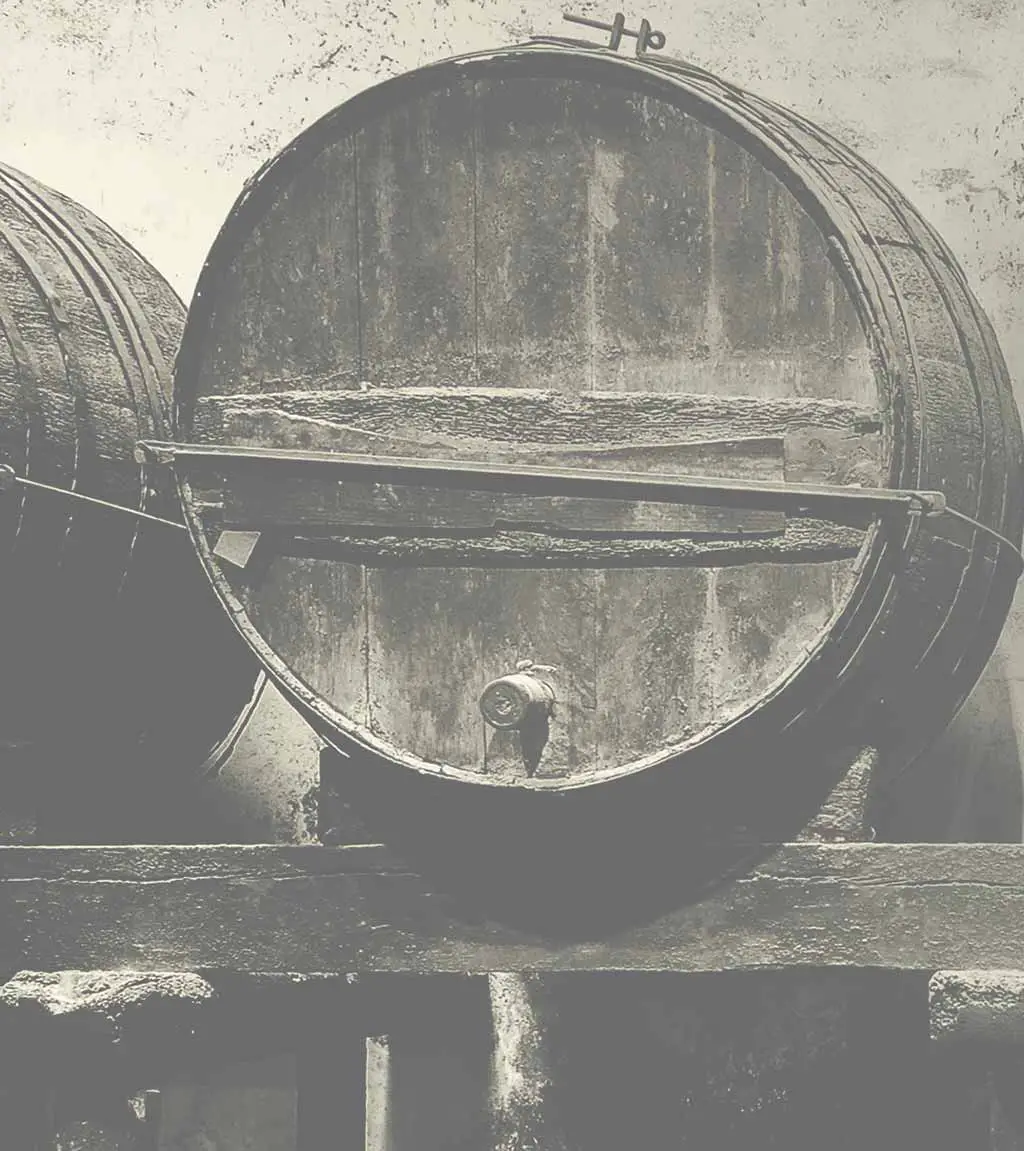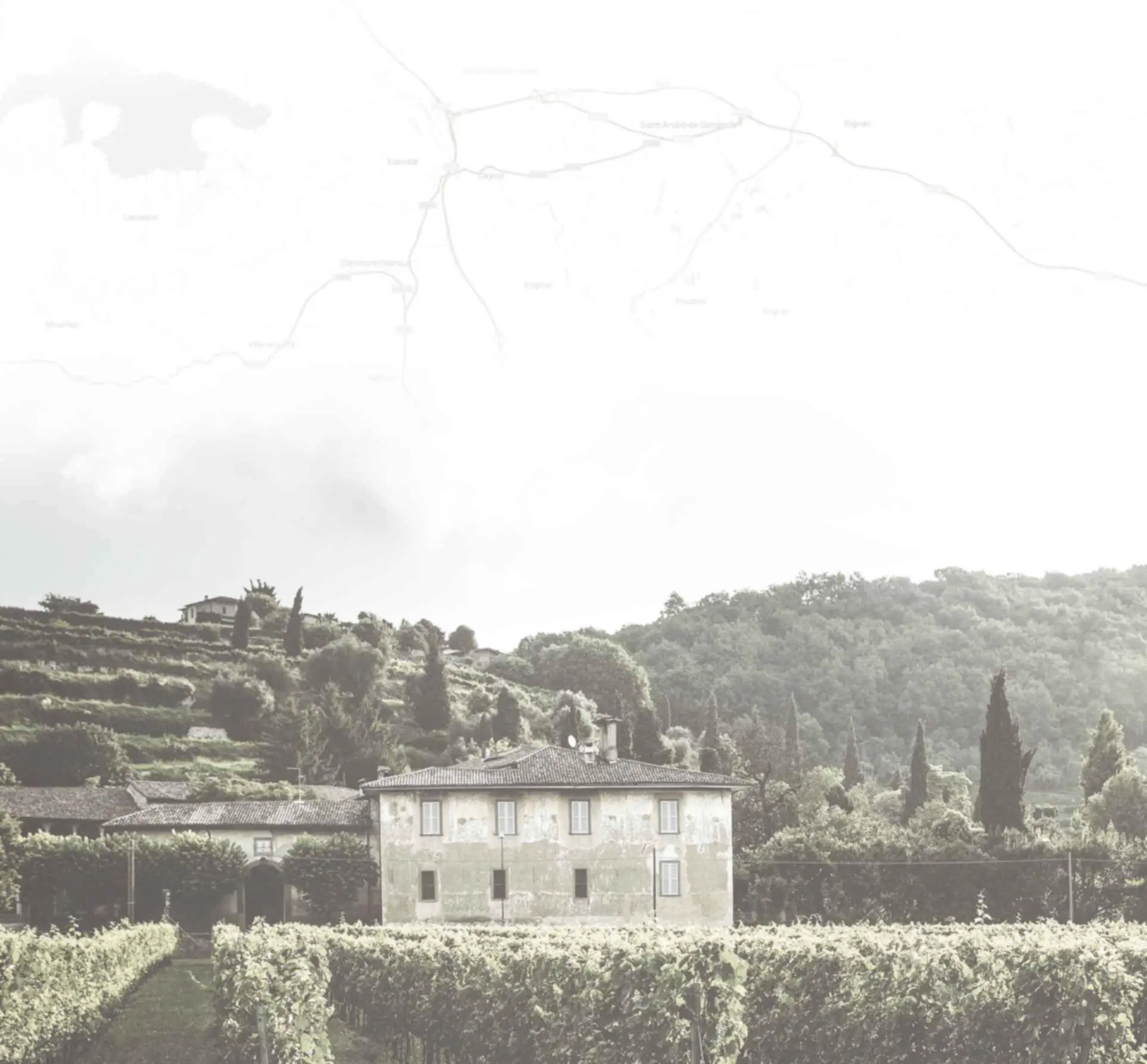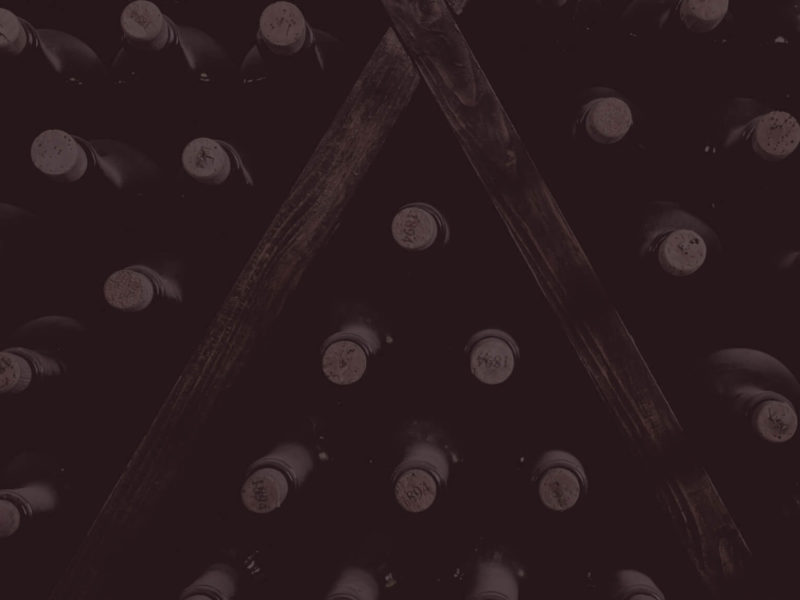
Texas Cabernet Sauvignon – My Winespill
Cabernet Sauvignon is considered the King of all grapes. The cab as it is referred to was first cultivated in Bordeaux, France where they produce some of the most expensive wines in the world. The Screaming Eagle Cabernet 1992 sold for $500,000 at a charity with the record-smashing price at the Napa Valley Wine Auction in 2000. The bottle is for keeps and now worth its price for topping many most expensive wine lists over the years and gaining the world’s attention in the process. The region, the most prestigious in the New World, is famous for “Napa Cab,” a rich, oak-aged aroma range of blackcurrant, anise, vanilla, boysenberry and smoky dark chocolate.
“The word ‘Sauvignon’ is believed to be derived from the French word sauvage meaning ‘wild’ and to refer to the grape being a wild Vitis vinifera vine native to France.”
The wild grape began cultivation in the 17th century. The Cabernet Sauvignon grape has thick skin and hardy vines, it is resistant to rot and repels insects making it a popular choice for the grape farmer.

Because it is so versatile cabernet is now grown all over the world. Cabernet Sauvignon grapes are grown in the region of Bordeaux, France; Tuscany, Italy; Santa Cruz Mountains, Napa Valley, Sonoma Country in California, the Texas Hill Country; Australia; and Stellenbosch South Africa. Cabernet Sauvignon started its history with Italy in the Piedmont region. It is the most widely planted red grape and parallels sales to Merlot.
California is second to France for producing most of the worlds wine. They came to fame in a world tasting competition held in 1970 and they won.
Texas Cabernet Sauvignon
The King of red wine grapes does well over much of Texas, but especially well above 3,000 feet in elevation. You will be surprised at the long list of mountain peaks in Texas ranging from 2,341 ft. To 8,751 ft. Becker, Llano and Bernhardt are a few of the wineries in Texas that produce a nice Cabernet Sauvignon.
The characteristics of this wine grape are used in many of the great Texas red wines. One of the main drivers for planting the Cabernet Sauvignon wine grape is because of its durability and fame. The marketability of the name alone can bring you a high return on investment, it has a lure that is irresistible.

Excellent wines made from this grape have been made by many Texas wineries and enjoyed by many consumers of Texas wines.
Characteristics
On a scale from 1-5:

Sweetness rate is very low at a 1 – ![]()
Acidity rates mid range at a 3 – ![]()
![]()
![]()
Body type is very heavy at a 5 – ![]()
![]()
![]()
![]()
![]()
Tannins are also high rating at a 4 – ![]()
![]()
![]()
![]()
Aromas of Blackberry, Cassis, Chocolate, Green Bell Pepper and Herbs.
Aging length is 5-20 plus years.
This is a big and bold wine.
Other similar grape varieties: Syrah/Shiraz | Aglianico
When to open: 3-6 hours before serving
Best served chilled at: 17 – 19 °C or 62.6 – 66.2 °F
“Cabernet Sauvignon is a very bold and assertive wine that has potential to overwhelm light and delicate dishes. The wine’s high tannin content as well as the oak influences and high alcohol levels associated with many regional styles play important roles in influencing how well the wine matches with different foods. When Cabernet Sauvignon is young, all those elements are at their peak, but as the wine ages it mellows; possibilities for different food pairings open up. In most circumstances, matching the weight (alcohol level and body) of the wine to the heaviness of the food is an important consideration. Cabernet Sauvignons with high alcohol levels do not pair well with spicy foods due to hotness levels of the capsaicin present in spices like chili peppers and being enhanced by the alcohol with the heat accentuating the bitterness of the tannins. Milder spices, such as black pepper, pair better due to their ability to minimize the perception of tannins—such as in the classic pairings of Cabernet Sauvignon with steak au poivre and pepper-crusted ahi tuna.” (Goldstein, 2006, pp.134-139)
“The grape’s true origins were discovered in 1996 with the use of DNA typing at the UC Davis Department of Viticulture and Enology, by a team led by Dr. Carole Meredith. The DNA evidence determined that Cabernet Sauvignon was the offspring of Cabernet franc and Sauvignon blanc and was most likely a chance crossing that occurred in the 17th century. Prior to this discovery, this origin had been suspected from the similarity of the grapes’ names and the fact that Cabernet Sauvignon shares similar aromas with both grapes—such as the blackcurrant and pencil box aromas of Cabernet franc and the grassiness of Sauvignon blanc. In 2016 scientists at the UC Davis announced they had sequenced a draft of the whole genome of the Cabernet Sauvignon grape, the first genome of a commercial wine-producing grape to be sequenced.” (2016, November 18) Wine Spectator.
Reference List
Goldstein, E. (2006). Perfect Pairings. University of California Press. pp. 134-139. ISBN 978-0-520-24377-4.
Carpenter, Kasey (2016-11-18). “Scientists Unravel Cabernet Sauvignon’s Genome”. Wine Spectator. Retrieved from http://www.winespectator.com/webfeature/show/id/Scientists-Unravel-Cabernet-Sauvignon-Genome





